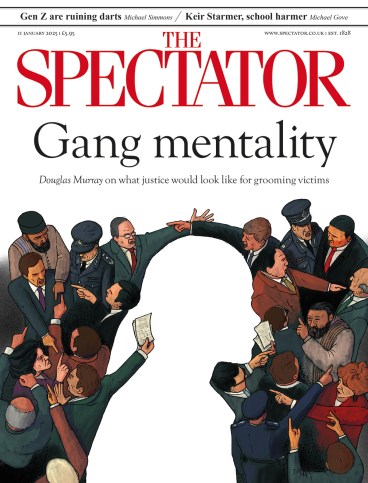
When first considering architects for the new Louvre in 1981, Emile Biasini, the project’s head, liked that I.M. Pei was both ‘Chinese as well as American: Chinese in his respect of the past, and American in the way of radical solutions’. His controversial glass pyramid ignited much debate about which side won out. These entanglements, between traditionalism and modernity, East and West, would come to characterise both Pei’s Louvre and his six-decade career. After a seven-year gestation, the first comprehensive retrospective of the architect, at Hong Kong’s M+ museum, finally offered a longer view.
Despite calling America home, Pei felt a duty to help China find its own architectural language
Pei’s prolific career had a head start. His father was a chief accountant at the Bank of China, so he enjoyed a privileged upbringing, typical of the Chinese elite of the 1920s. He also benefitted from a hybrid schooling – both traditional Chinese and modern western – and grew up between the European-administered international hubs of Hong Kong and Shanghai as his family sought stability and business opportunities amid the civil strife of interwar China.
In 1935 – right before another Japanese invasion – Pei was dispatched to America for an Ivy League education at the University of Pennsylvania before transferring to MIT. Disillusioned with Penn’s classically inflected Beaux-Arts education, it was at MIT where he would solemnise his pact with modernism, voraciously attending guest lectures by Le Corbusier. Pei’s student drawings reflect this process of unlearning: over the years, he dispensed with the symmetry, proportions and art deco flourishes of his New England Aquarium and Wellesley Boston Railroad station for the unembellished functionalism of his Hong Kong Bankers Club.
His undergraduate thesis was definitive proof of his thoroughly modernist belief in architecture as social engineering.








Comments
Join the debate for just £1 a month
Be part of the conversation with other Spectator readers by getting your first three months for £3.
UNLOCK ACCESS Just £1 a monthAlready a subscriber? Log in